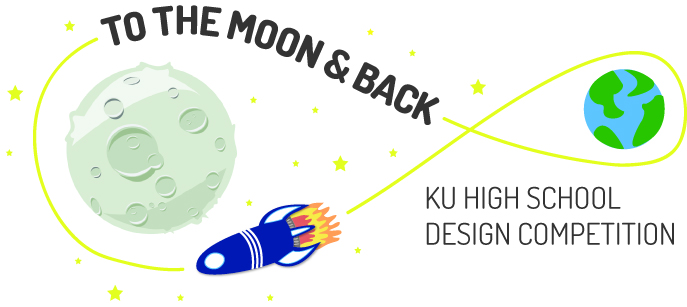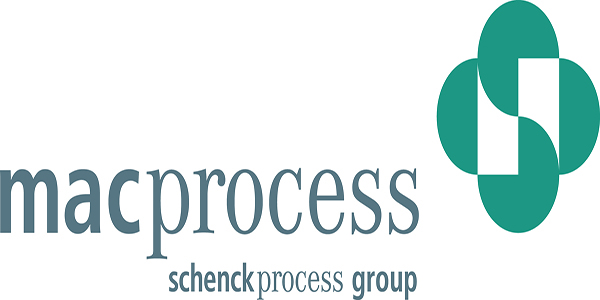2014 High School Design Competition: To the Moon and Back! -- set for Nov. 5
Hundreds of high school students from around Kansas and the Kansas City metro area will descend on the engineering complex on Nov. 5 for the 27th annual KU School of Engineering High School Design Competition. This annual event is held to demonstrate the fun and competitive aspects of engineering to high school students with the hope that it sparks their interest in engineering and opens the door to the opportunities it can bring.

This year's theme is "To the Moon and Back!" The event will also include a Lego Mindstorms competition and a new computer programming competition, "See you on the final frontier!"
Check-in for the To the Moon & Back Competition and the Programming Competition will be from 8 a.m. to 9 a.m. in the Eaton Hall Atrium. The competitions will be in Eaton Hall, the Measurement, Materials and Sustainable Environment Center and the Burge Union. Vehicles other than buses should to park in the Allen Fieldhouse parking garage.
Working in teams of 4 or less, students will design and build a “Moon Rover” and launching device capable of shooting their rover onto a landing pad. In the second half of the competition, students will release their rovers from the top of an inclined ramp and “return to base,” with the goal of coasting as close to the home base target as possible. The most accurate launch and the longest distance traveled after release from the ramp will win.

Please note:
Competition rules are subject to change until November 1. Teams are responsible for checking for updates or revisions to the rules.
Check out previous years' High School Design Competitions:
Lego Mindstorm Challenge
Teams interested in robotics, programming, or Legos, will have the opportunity to compete in the Lego Mindstorms competition. They will design, build, and program a “lunar rover” using a Lego Mindstorms EV3 or NXT 2.0 kit. The rover’s task will be to descend into a “crater” in search of moon rocks. These rocks will be randomly scattered throughout the environment and will vary in shape and color. Kits must be returned at the conclusion of the competition in good condition and with all parts included.
Check-in is from 8 a.m. to 9 a.m. in the Burge Union. Click
Check out previous years' Lego Mindstorms Competitions:
Programming Competition Overview
New this year - the High School Design Programming Competition.
Teams can test their skills in using programming languages as problem solving tools. Students will be able to use their choice of C, C++, Java, Python, and Ruby to write solutions to a set of programming challenges in the span of three and a half hours. Both Linux and Windows machines will be available as well as all the common program writing software. Space is limited, sign up soon!
To the Moon and Back Q & A:
Q:
How many "crew members" per team?
A:
One.
Q:
In the land competition, will the vehicle be travelling up or down the ramp?
A:
Down.
Q:
Are there guards along the ramp?
A:
On the sloped portion, there will be guards; however, there are none along the flat terrain. There is a wall at the end of the terrain to halt a vehicle if it travels the full distance.
Q:
What if a school has more than 10 teams signing up for a single competition?
A:
Please fill out the registration form twice (or however many time necessary to get all teams registered). Organizers will handle making sure all teams are logged under the same school name in their records.
Lego Mindstorms Q & A:
Q:
How many participants are allowed per team for the Lego Mindstorms: Crater Excavator competition?
A:
Maximum of five.
Q:
How will the blocks and balls be distributed in the arena?
A:
The objects will be randomly distributed throughout the main 5 ft x 5 ft section of the arena.
Q:
How will the ramp be constructed?
A:
The frame of the ramp will be wood and the surface and walls will be plywood attached to this frame.
Q:
What will the walls of the ramp and drop zones be made of?
A:
The walls of the ramp and Upper Drop Zone will be plywood screwed into the sides of the ramp's wooden frame. The two walls of the lower drop zone will be bricks sitting on the floor.
Q:
What is the surface of the course made of?
A:
The surface of the course is white paper, with solid black lines surrounding three sides of the main course area. The wall of the ramp runs along the fourth side of the arena.